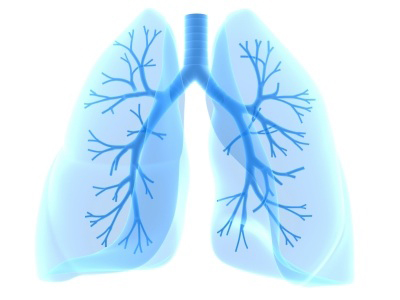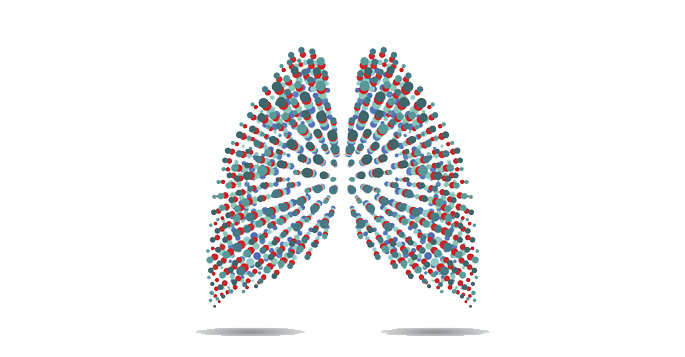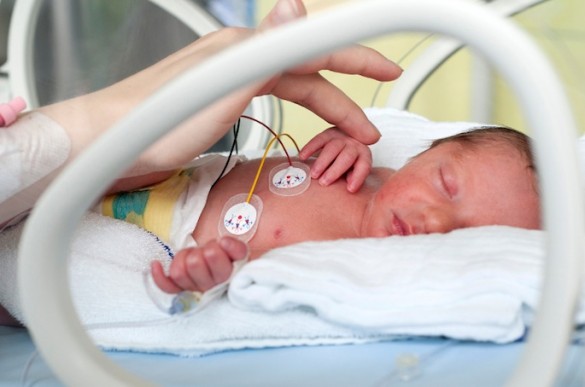
Alveolar epithelial cells (AECs) – the cells that line the lung’s air sacs – respond to lung injuries. Dysfunctional AEC responses appear to play a role in the pathogenesis of pulmonary fibrosis (the scarring of lung tissue). Because developmental signaling pathways in AECs might be reactivated to mediate repair, William Lawson, M.D., assistant professor of Medicine, and colleagues examined the function of beta-catenin, a protein with key roles in lung development.
The researchers found that mice with a selective deletion of beta-catenin in AECs had greater AEC death, increased numbers of lung fibroblasts, enhanced fibrosis and delayed recovery after lung injury caused by the antibiotic bleomycin. In vitro studies showed that mouse lung epithelial cells deficient in beta-catenin had reduced proliferation and impaired wound closure.
The findings, reported March 15 in the American Journal of Respiratory and Critical Care Medicine, suggest that beta-catenin in AECs plays an important role in lung repair and protection from fibrosis. Targeting the repair pathways in AECs may be a valuable new therapeutic direction for pulmonary fibrosis.
This research was supported by grants from the National Institutes of Health (HL085406, HL105479, HL085317, HL092870, HL087738, RR024975), the American Thoracic Society/Coalition for Pulmonary Fibrosis Research, the Francis Family Foundation and the Department of Veterans Affairs.















